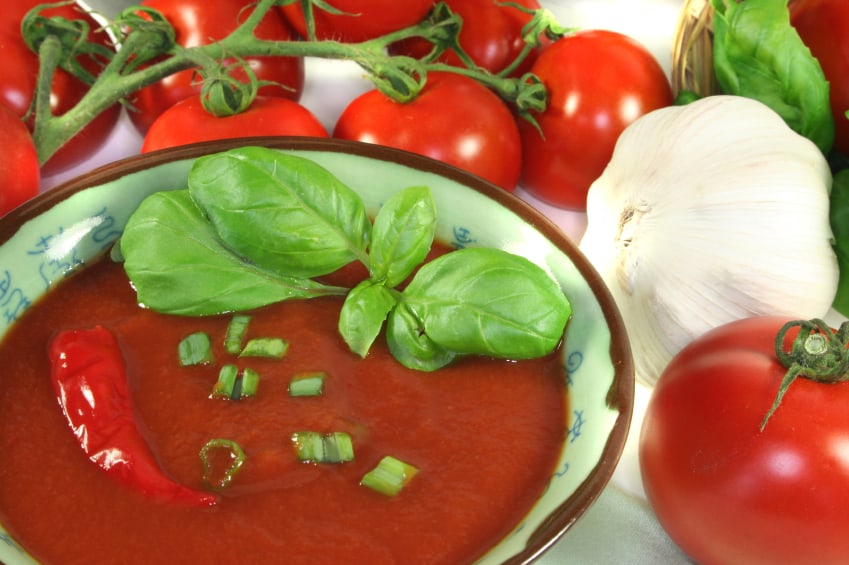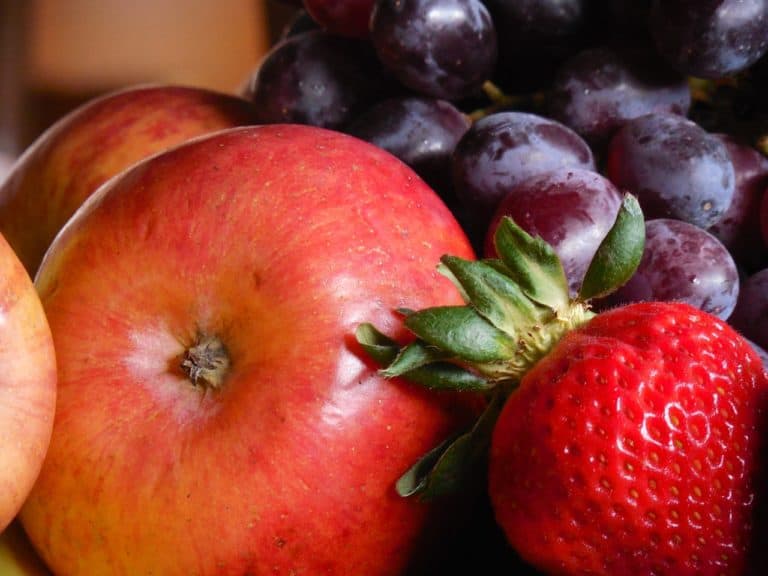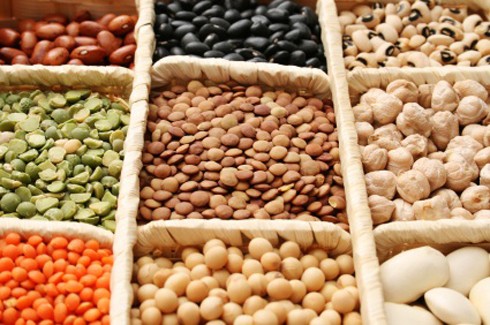You have heard all the benefits of including lots of plant-based foods in your diet, and you’re ready to give it a try. Great! Here are eight suggestions on how to get more plants in your diet.
Do it gradually. A sudden increase in the amount of beans and legumes in your diet will likely be accompanied by an increase in gas and indigestion, as these foods are high in fiber. To avoid these symptoms, introduce these foods gradually, one at a time, and in small portions at first. For example, every day for a week or two, have one small portion of a fermented soy, bean, or legume-based food, such as navy bean soup, lentil chili, or barbequed tempeh in place of an animal-based protein.
Only eat beans and legumes that are thoroughly cooked, as insufficiently cooked beans can cause gas and indigestion. Some canned beans may even need to be cooked longer.
If you soak your own dried beans, add a pinch of baking soda to the soaking water to help reduce their gas-producing qualities. Drain the soaked beans well and cook them in fresh water—never use the soaking water to cook beans.
Sprinkle garbanzo beans or other beans on salads.
Add beans, split peas, fermented soy, or lentils to soups instead of meat.
Add lentils, beans, or tempeh to pasta sauce.
Substitute veggie burgers for beef burgers.
Substitute high-protein grains for animal-based protein foods. These grains may sound foreign to you, but they are readily available in most conventional grocery stores and definitely in natural foods stores. They include amaranth, buckwheat, kamut, and quinoa.
Eat more soups that contain lots of veggies and beans. Puree vegetables and stir them into the broth for a richer and more nutritious soup
Enjoy one green leafy salad every day and add beans or lentils







